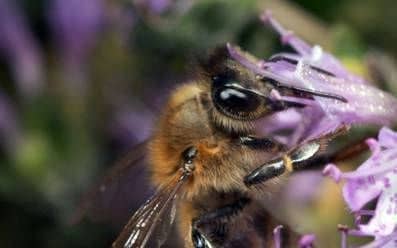
Often in beekeepers through ill-timed struggle with varroatosis die bee colonies. It should be remembered – the critical moment in the bee colonies comes when the old bee is replaced with the winter bee, ie. after the honey collection. During this period, and you need to maximally release the bees from the tick with the help of commonly known chemicals. It is important that at present there is little brood and all the mites are on bees, which makes it possible to significantly reduce the rancidity of families.
However, it is not advisable to deal with varroa mites with chemical means only, since they are harmful to bees and do not act on the female parasite and their offspring. Therefore, the most effective, in my opinion, is a combined method of combating varroatosis, when, in addition to chemical agents, biological agents are also used.
I use the biomethod for several years and get good results. For 20-21 days before the end of the summer season, the queens isolate the Geneanevskaya lattice, forcing thereby to lay eggs on one frame, which will be a trap for female mites, the bulk of which will grow into breeding for reproduction. For 6-7 days before the release of young bees, this frame is removed from the hive and destroyed, and the uterus and bees are released into the nest.
This method makes it possible to reduce the use of chemical preparations several times.
Термокамеры чертежи. Пчелиная взятка.
Diseases of bees